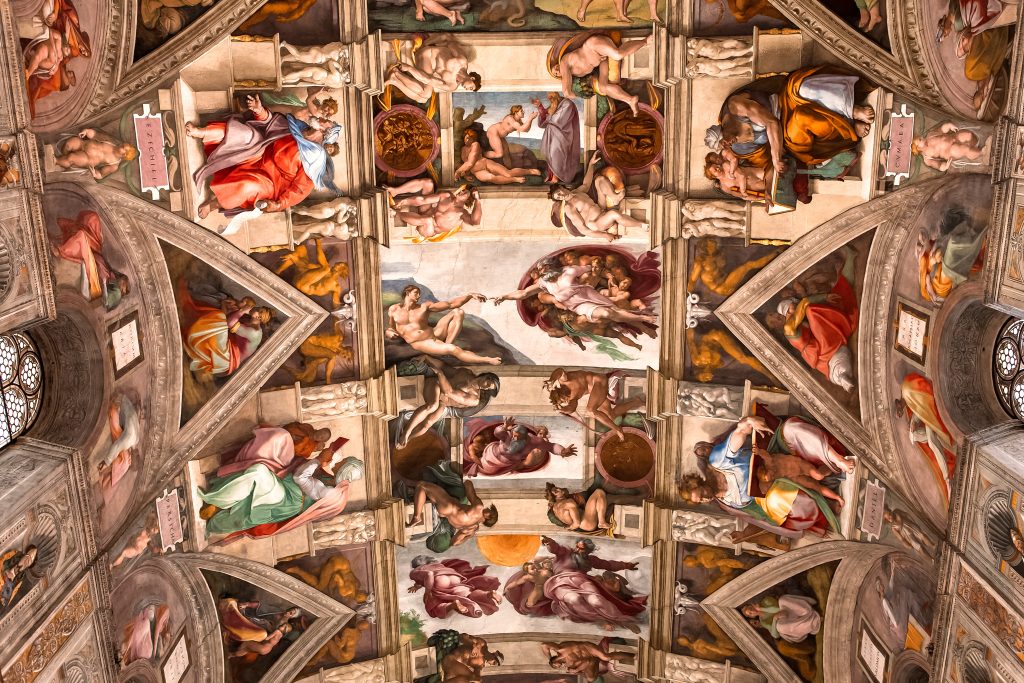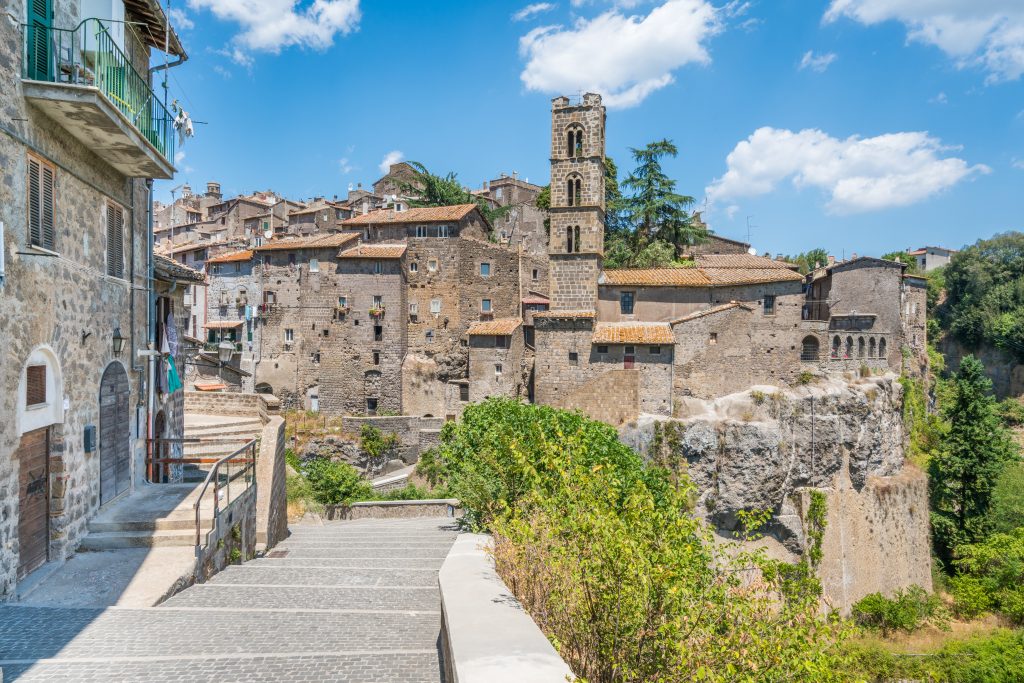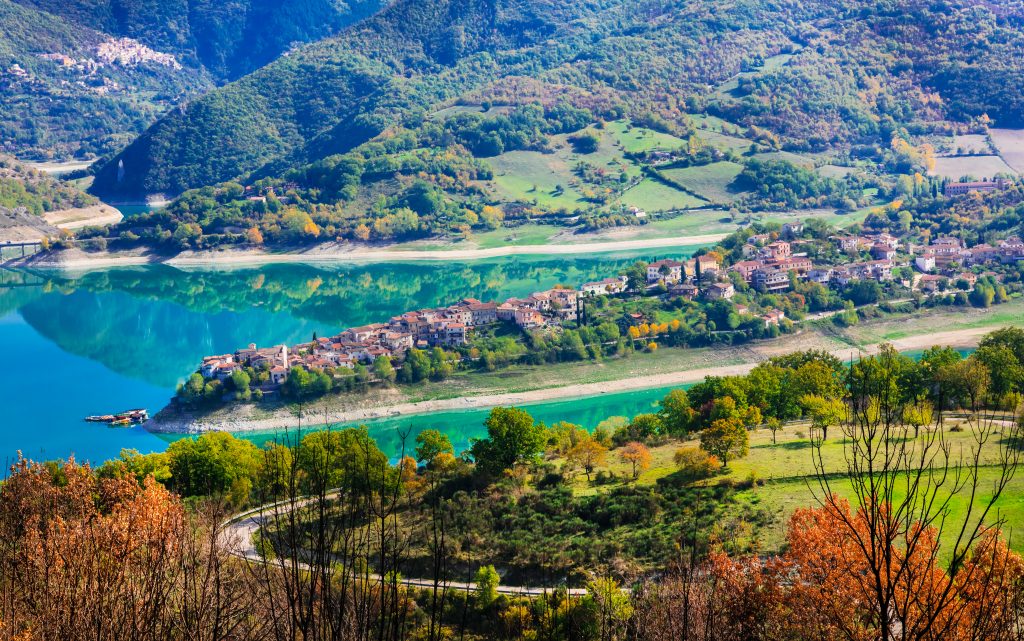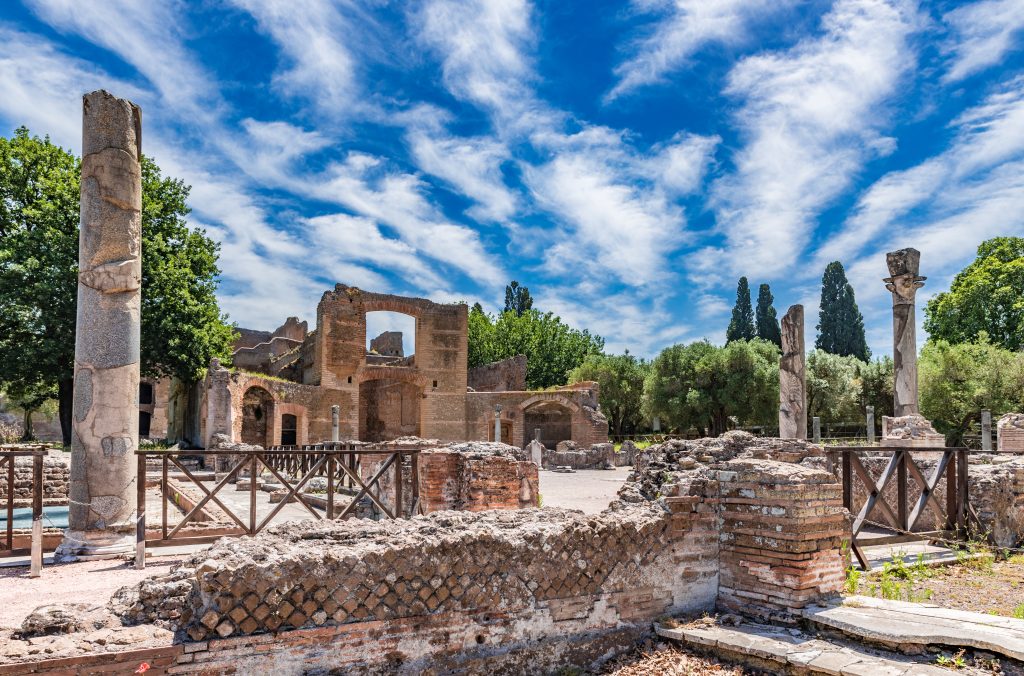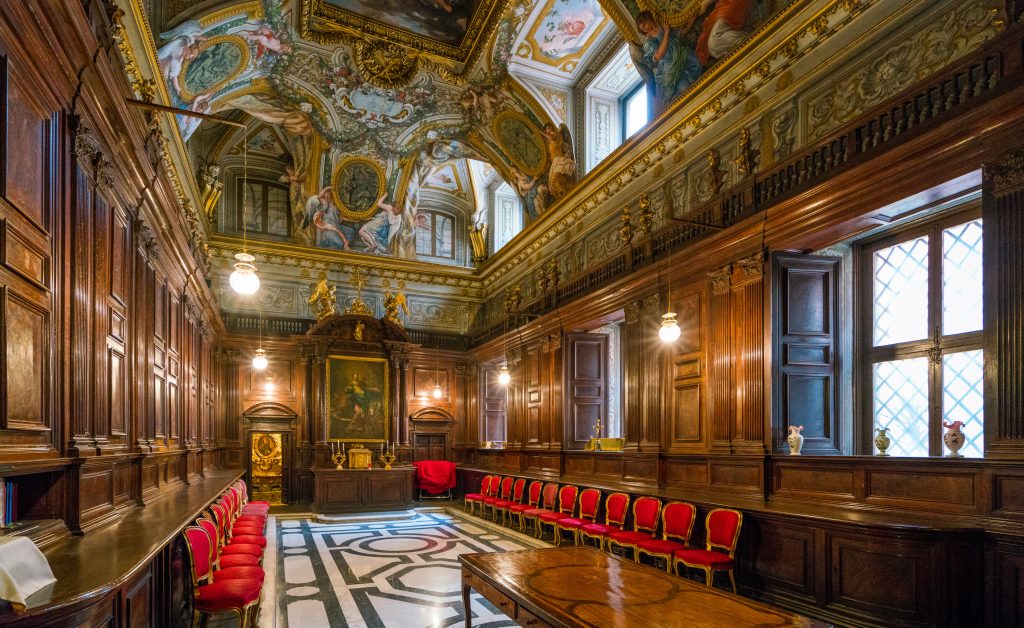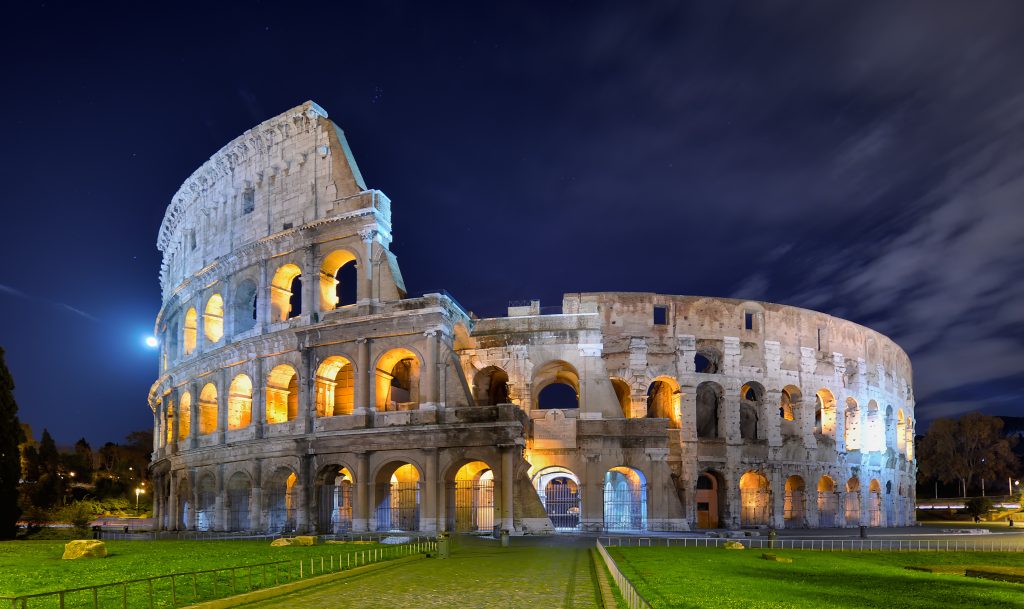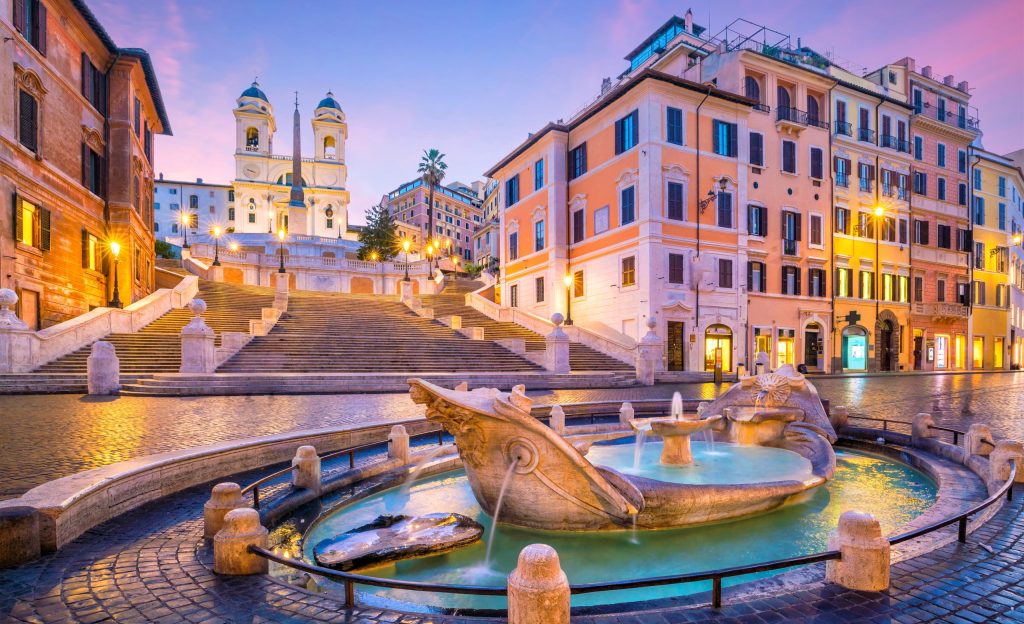LAZIO
THE LATIUM REGION - HISTORY AND SPLENDOR
Explore Lazio, the central Italian region that surrounds Rome, offering a mix of cultural richness and scenic beauty.
- Rome
- Frosinone
- Latina
- Rieti
- Viterbo
The Lazio region: A blend of historical richness and majestic beauty
The region of Lazio in central Italy extends over 17,200 km² from the Apennine Mountains to the western Adriatic Sea. It is divided into the following five provinces:
- Rome
- Frosinone
- Latina
- Rieti
- Viterbo
Things to know about Lazio and Rome
The glamorous metropolis and “eternal city” of Rome is world-famous and attracts millions of visitors year after year with its almost unmanageable wealth of art and culture and historical architecture. But the surrounding countryside is also waiting to be discovered!
Highly interesting art and architecture, multifaceted natural landscapes and many historical sites make the region unique. As early as the 19th century, famous artists such as Charles Dickens and Johann Wolfgang von Goethe raved about the beauty and colourfulness of rural Lazio.
The highlights of Lazio from north to south
In the north, the mysterious Etruscan necropolises and sunken passages still exert a magical attraction today. Medieval, winding villages such as Ronciglione and Blera contrast with magnificent villas and gardens, such as those found in Tivoli.
South-east of Rome, the regional capital, you will find some of Italy’s oldest towns bearing evidence of pre-Roman times. The Benedictine monasteries of Subiaco and Montecassino are among the most important places in Europe in terms of cultural history.
In the very south of Lazio, the proximity to southern Italy and Naples is already evident in the lively everyday life. Lush subtropical vegetation surrounds the region’s most beautiful stretch of coast between the Circeo cape and the Gulf of Gaeta. Pretty small towns alternate with long sandy beaches and the Ponzian Islands offer pure Inselydille!
The ancient tradition of wine growing…
Wine growing has a tradition in Lazio that goes back thousands of years, and long before the Romans, the Greeks and Etruscans had already mastered the art of winemaking. The predominantly volcanic soils produce wonderful white wines, such as the two most important grape varieties Trebbiano and Malvasia. 25 wine-growing areas bear the DOC seal of quality. Cesanese is produced in the traditional red wine region near Olevano Romano.
…and culinary specialities of Lazio
The cuisine of the region is down-to-earth and hearty and lives – as everywhere in Italy – from the good quality and freshness of the products. Popes, cardinals and aristocrats have always eaten the same dishes as the populace, and even today the “quinto quarto,” the fifth quarter of the slaughtered animal, is still widely used in the kitchen. A finer dish is the “saltimbocca alla romana”, thin medallions of veal with sage and ham, which is famous throughout Italy.
In the south of the region, the influences of Neapolitan cuisine are already noticeable, such as “spaghetti aglio e olio” and the “mozzarella di bufala,” the buffalo mozzarella, which connoisseurs highly prize. Fish dishes are less common throughout central Italy. They are mainly served where freshwater fish are caught in the area.
The best olive oils in Lazio, which are very low in acidity and mild, come from the areas of the Bassa Sabina and the Monti Lepini around Semoneta. On the northern border with the region of Umbria, the famous truffle, “tartufo”, is also harvested in the oak forests.
Contact us to plan
your event or trip in Italy
Contact us now for a free consultation to plan an extraordinary experience for you and your guests!
